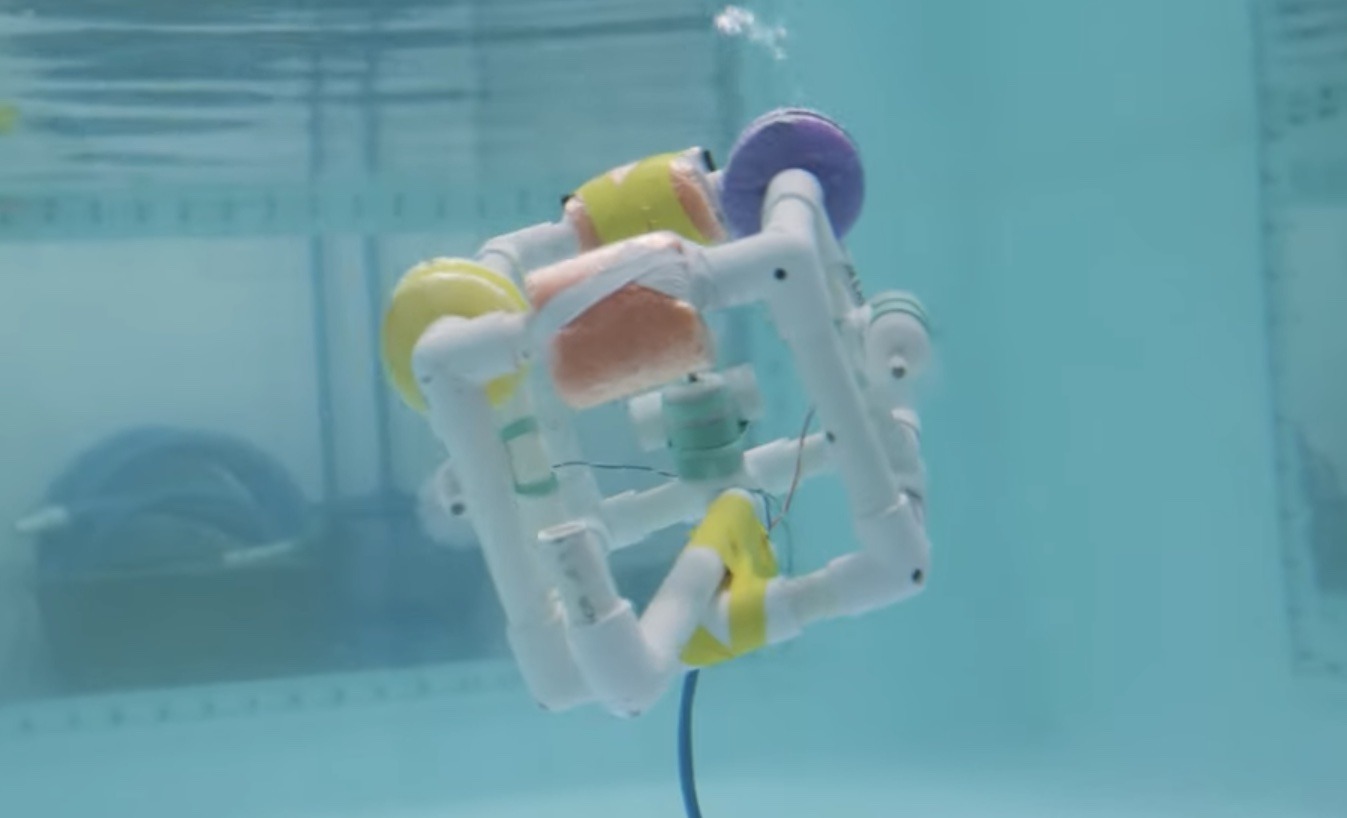While professionals around the world take advantage of Arduino products and the extensive ecosystem, the core Arduino philosophy is to simplify complex technology.A bare microcontroller is intimidating to the uninitiated, but an Arduino development board is friendly and approachable.MIT’s Sea Grant is harnessing that in their new SeaPerch II underwater ROV (remotely operated vehicle) design that is perfect for students.
The MIT Sea Grant program launched the original SeaPerch initiative way back in 2003 as a way to bring students into the underwater world of ROVs.That original SeaPerch was affordable to build with common parts, but technology has progressed a lot in the past couple of decades and the new SeaPerch II will make use of what the modern scene has to offer.In particular, SeaPerch II will take a new modular approach for sensors, manipulation, and data collection systems.
Those modules are built around Arduino boards for maximum accessibility and flexibility.SeaPerch II is still in its infancy, but there are already a few modules available that are compatible with the new base ROV. Module 1, for example, is a “robot whisker sensor” designed around the Arduino UNO family of boards.It is a flexible, waterproof sensor that relies on variable resistance to detect contact with physical objects.
Module 2 is a pressure, depth, and temperature sensor.Once again, the core component is an Arduino board.That monitors an Adafruit LPS35HW pressure sensor sealed inside a balloon.
As the depth increases, so does the water pressure outside the balloon.That, in turn, increases the air pressure inside the balloon and the sensor measures the change.Like the original SeaPerch, SeaPerch II will offer students the chance to become acquainted with underwater ROVs and gain valuable skills along the way.

